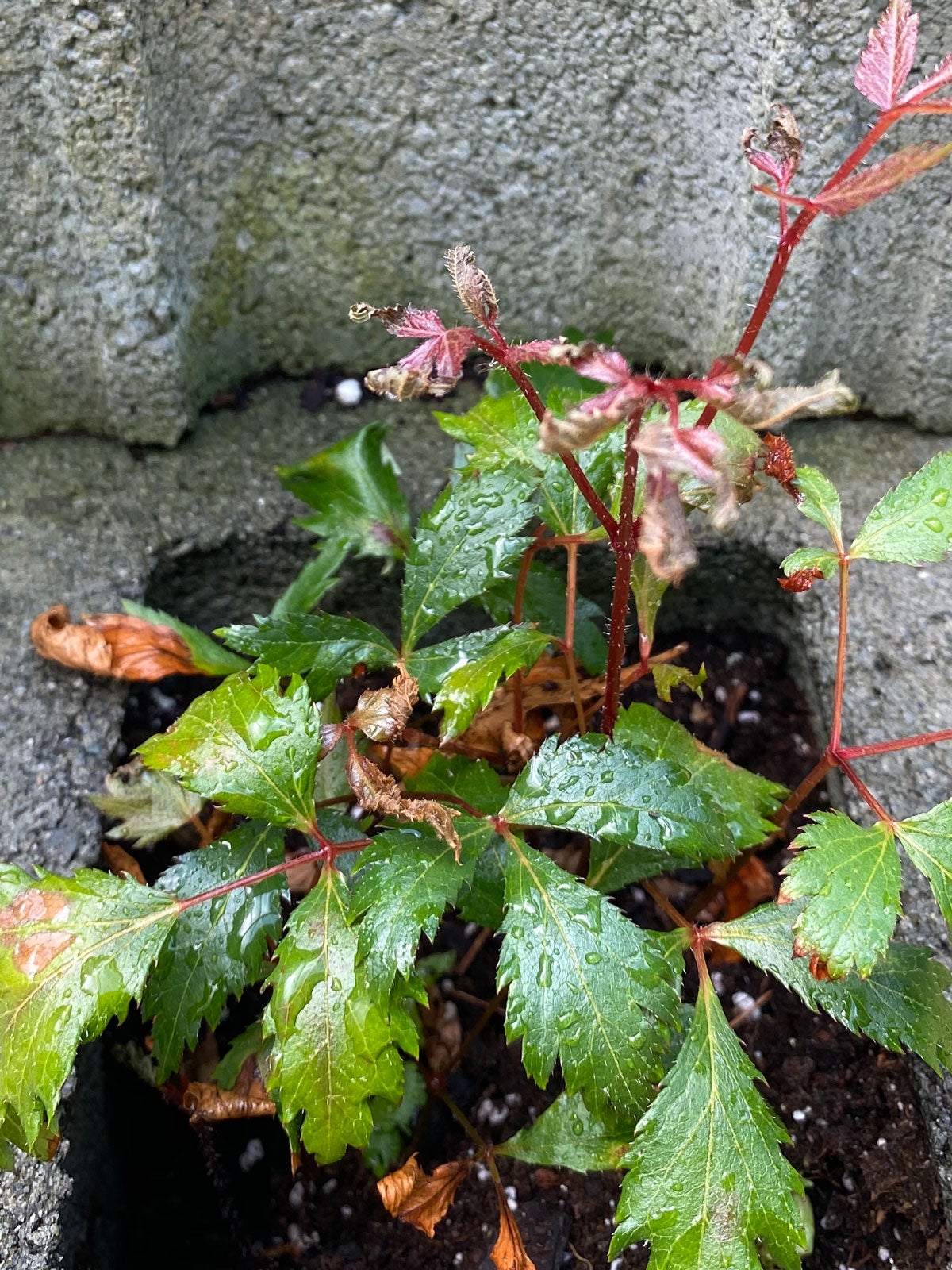Astilbe Is Turning Brown: Troubleshooting Brown Astilbes


Astilbe is a versatile and generally easy-to-grow perennial that produces feathery flower spikes. They look great as part of a perennial bed or border, but browning astilbe can certainly mar your garden. Find out why your astilbe is turning brown and what you can do to prevent or fix it.
Why is My Astilbe Changing Color to Brown?
It’s always disappointing to find a part of your garden isn’t thriving. With astilbe, you may see some browning in the flowers, but brown leaves are a more typical sign of problems. Here are some of the possible causes:
- Foliar nematode: This microscopic worm-like creature can infect astilbe. The signs are brown spots on leaves bounded by the veins. The spots mostly form on an affected plant’s lower leaves.
- Leaf scorch: When browning begins on the leaf margins, it may be a sign of leaf scorch caused by dry, hot conditions.
- Four-lined plant bug: These pests feed on astilbe, causing sunken brown spots on the leaves.
- Wilt: This fungal disease causes sunken brown areas on astilbe stems, mostly near the soil line.
- Disturbed roots: Astilbe can deteriorate if you disturb the roots by transplanting or turning the soil. This can cause overall poorer growth and browning in leaves and flowers.
What to Do About Brown Astilbes
The most common cause of browning astilbe is poor conditions. Astilbe thrive in moist conditions with soil that drains well and partial shade. Make sure you water astilbe plants regularly and don’t let them get too much direct sunlight.
Use mulch to keep water in the soil but avoid soggy soil. Even if your plants have been browned by drought, keep watering, as they may come back healthy next year.
Manage nematode and fungal infections by moving or trimming plants so that they have adequate airflow. If necessary, remove infected leaves or entire plants and destroy them.
Four-lined plant bugs may cause unattractive brown spots on leaves, but they won’t destroy plants. Use pesticides or remove the bugs by hand.
Sign up for the Gardening Know How newsletter today and receive a free copy of our e-book "How to Grow Delicious Tomatoes".

Mary Ellen Ellis has been gardening for over 20 years. With degrees in Chemistry and Biology, Mary Ellen's specialties are flowers, native plants, and herbs.